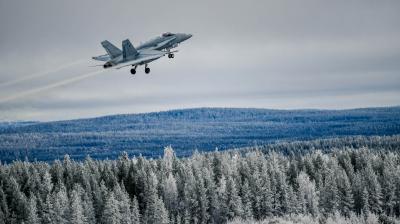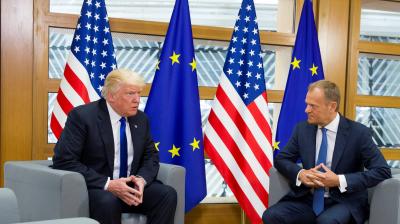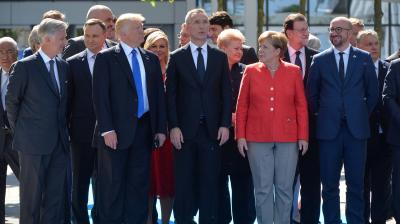Clusters: the Drivers of European Defence
This article was originally published by the Instituto da Defesa Nacional (IDN) in Nação Defesa, 150, 2018, pp. 33-47.
In his article author Dick Zandee examines three trends that have characterised the development of defence clusters:
- Firstly, the defence budget cuts up till 2015 have been a driving factor for maintaining capabilities together with other countries.
- Secondly, more permanent formats have been created, aiming at more structural and longer-term cooperation.
- Thirdly, defence cooperation has been deepened, both in operational terms but also in maintenance, logistics and for the acquisition of the same equipment.
The new EU defence initiatives, such as Permanent Structured Cooperation could offer a framework for defence clusters, but it is considered that European countries will be rather selective in using those instruments in the face of existing multinational cooperation formats. The success of these cooperative initiatives depends substantially from political trust and solidarity that shape how contributions translate into defence performance.
It concludes that specialised clusters are not about creating a European Army, but rather about building European armies step-by-step, needed for a better transatlantic burden-sharing and to underpin Europe’s responsibility to take care of its own security and defence.








